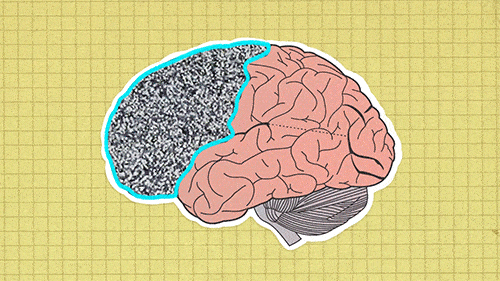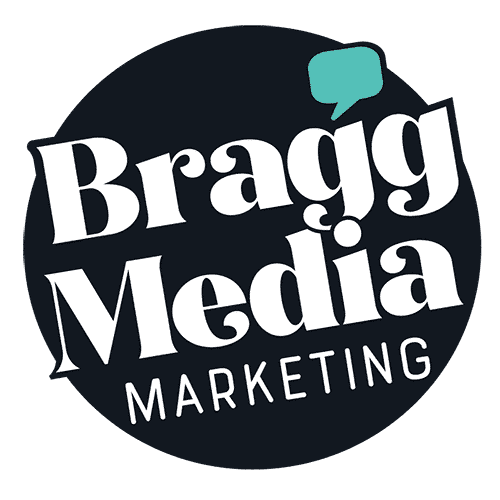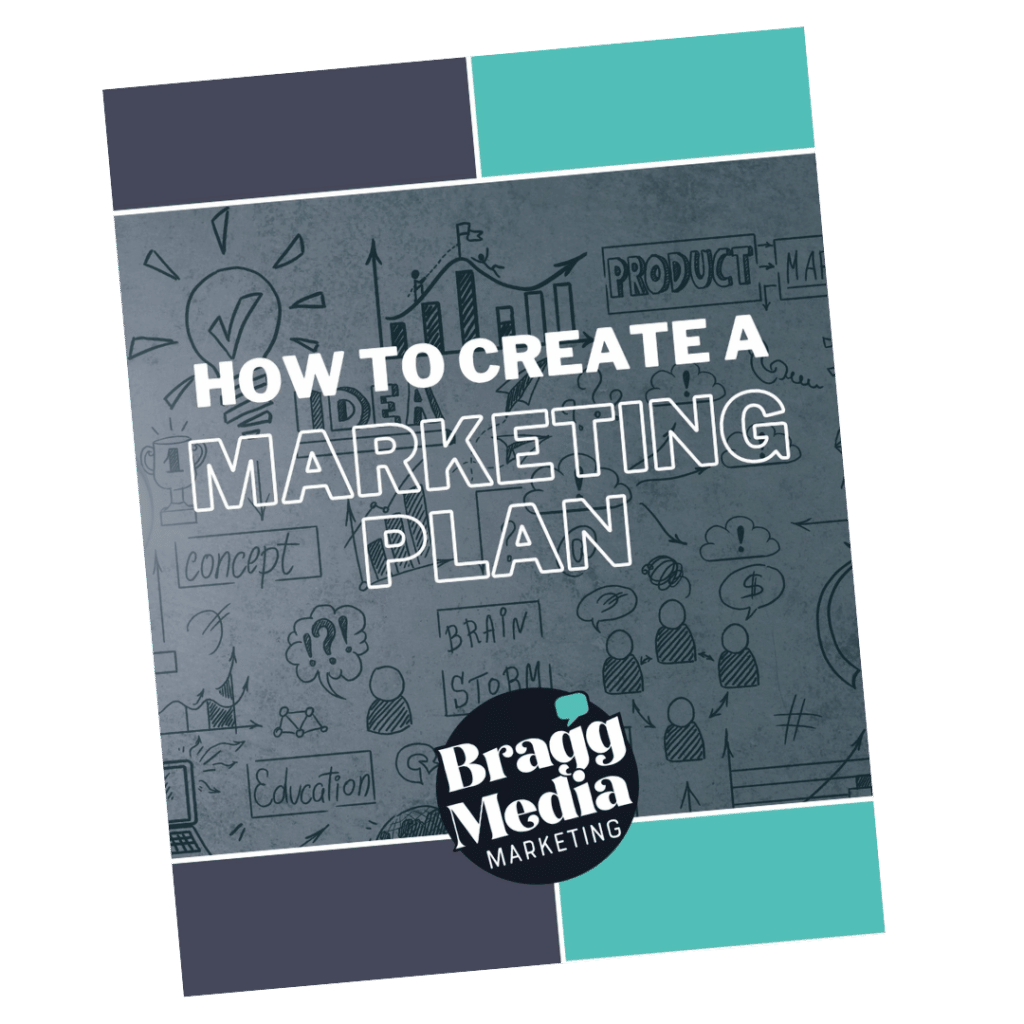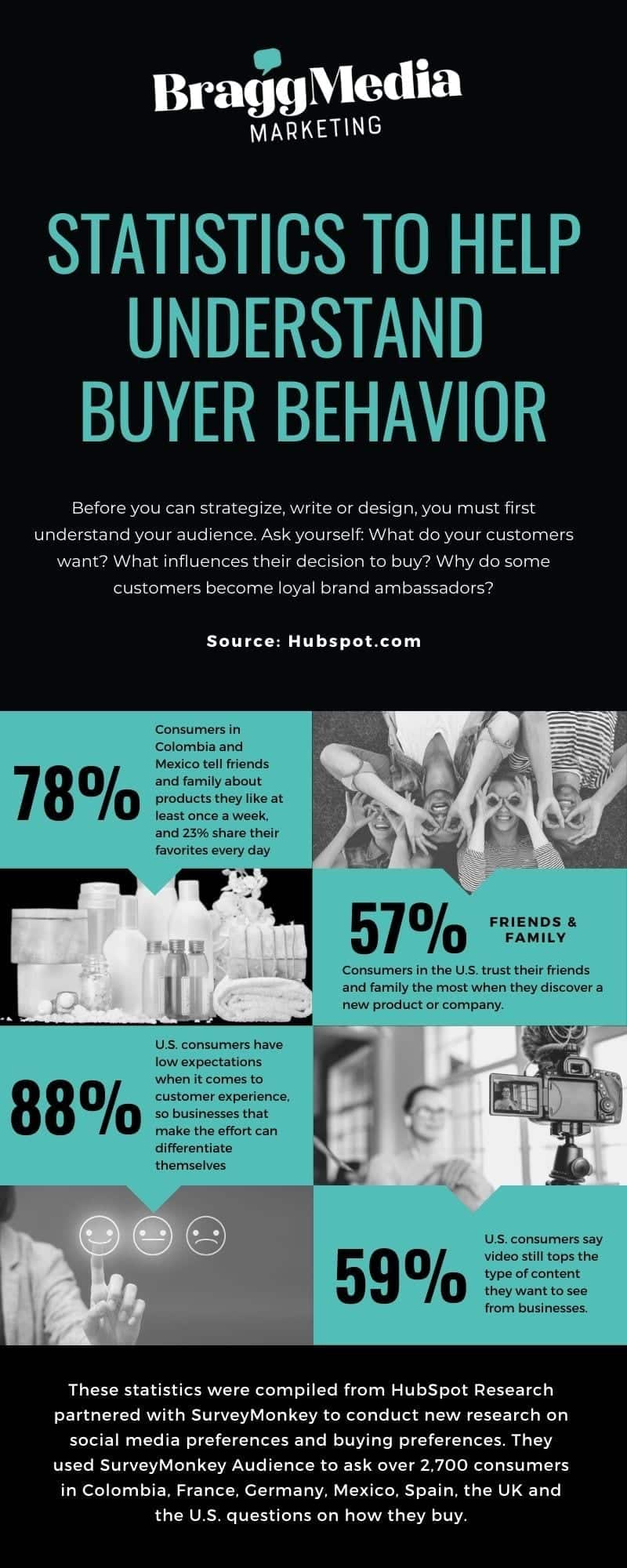A lot of what makes people buy a particular product or service is rooted in human evolution. Fight or flight and other self-preservation mechanisms have been imprinted throughout our species’ existence. No matter how advanced technology becomes, your prospective clients will continue to operate based on the fundamental principles of human psychology.
Marketing psychology can build your brand
Creating and nurturing a powerful brand identity around your products, services and company name will invoke certain psychological triggers in your desired target audience.
For instance, a luxury watch brand needs to attract an affluent market segment that can afford your products. It needs to be tied to quality, status and exclusivity. The brand also should convey the qualities that encourage customers to become brand ambassadors, because there isn’t a better marketing tactic than word of mouth.
Psychology also can pre-qualify your leads. When your marketing message is focused on a specific audience, people outside your market segments are unlikely to become customers when interacting with your brand. Excess expenditures on advertising to groups of people that are generally not interested in your product will only burden your marketing budget and limit your opportunities for achieving more sales.

Marketing psychology lets you get to know your audience
An important part of marketing strategy is to know and to understand your audience. When you understand your customer’s challenges and/or pain points, you can tailor your marketing to their specific demands and needs. They can relate to what you’re saying and they’ll be more inclined to buy.
Create an ideal customer profile or customer avatar. This is the average customer who your marketing team should keep in mind when planning strategies, messaging, campaigns, design, etc. Here are some tips to help:
- Start by making a list of your best customers.
- If you’re a start-up, then find out who needs your products or services and how will your company help solve their problems.
- Note their attributes — industry, geography, age, interests, income, job, etc.
- Use nouns, not verbs, such as “companies with less than 10 people.”
- Quantify what you can, such as “homeowners who make $100,000 a year.”
- Hop on a call with some of your favorite customers and interview them about their experience with your brand.
Once you understand your target audience’s defining traits, you can integrate the strongest psychological triggers to maximize your marketing’s effectiveness.
Marketing psychology should include reciprocity
Research has shown time and time again that people respond favorably when given something for free. Reciprocity marketing is behind many content strategies of successful digital marketers who sell anything online. It is known to drive foot traffic to retail stores, increase brand loyalty, boost sales and make your customers happy.
Free informational guides, free webinars or free ebooks give your audience a reason to visit your website and to hang around awhile. It’s the same principle as Costco’s free samples. Retailers say samples have boosted sales as much as 2,000% and have built a loyal customer base of people who never would have purchased their product before, according to this article in The Atlantic.
In short, people appreciate helpful information that adds value to their own pursuits and influences them to purchase what you are selling.
Marketing psychology leverages social proof
Social proof has been a part of human behavior since the beginning of time. Social proof insinuates that people will adopt beliefs or actions of a group of people they trust.
A good example of this is FOMO — Fear Of Missing Out — which taps into a primitive desire to be “in the know” or to be part of the action. FOMO is used to drive more sales in retail. 69% of Millennials say they’ve experienced FOMO at one point, and 33% admit that they’ve tried to elicit the feeling in their peers, according to research from Eventbrite.
This impulsive shopping behavior can cause a craze around your products and brand. This is the power of social proof — the ability to draw in customers by virtue of having people become drawn in by following a group.
Use scarcity
Scarcity also taps into the FOMO phenomenon. “Only three seats left!” “While supplies last!” “Due to popular demand!”
The law of supply and demand dictates that as the supply of a product decreases, consumers are willing to pay more in order to secure a unit. The potential of a product running out, whether real or manufactured, will increase demand in your products.
Nudge the Reticular Activating System (RAS)
The Reticular Activating System (RAS) is a function of the brain which enables people to make sense of the world. Because we take in so much information through our sensory organs, it is virtually impossible to function if we didn’t have a way to sift through all the data. The RAS is how humans focus on things in their environment that interest them.
Marketers can activate the RAS and create familiarity using the Baader-Meinhof Phenomenon, a psychological principle that describes what happens when a concept or thing you just discovered suddenly seems to be everywhere. Start with attention-grabbing headlines and strong imagery to introduce your business. Then, through repetitive marketing, spread this same message through multiple channels — social media, magazines, radio, TV, website, etc.
Use clustering
Another way that humans deal with the vast amount of data that enters the brain is to group similar information together. By creating order, the brain can better use data to its advantage. The point of clustering is to increase memory retention in the messaging and design. Group similar content or concepts together in bullet points and headlines. This makes your content easier to read and to remember.
Marketing psychology proves priming works
Priming exposes your customers to a certain stimulus that influences how they respond to subsequent stimuli. This includes images, design and messaging, according to Psychology Today.
For instance, after someone sees the word “cupcake,” he or she will recognize the word “cake” more quickly than an unrelated word like “banana.” Priming can usually be triggered by an image, a color, an open-ended statement or content that focuses on a specific aspect of your product. It can be used to create a positive preconception about your brand so that your customers will be more likely to buy.
Logos are good examples of priming. Some branding images are associated with certain shapes, colors or fonts, forming the association between the imagery and the company’s products automatically upon seeing them.
Marketing psychology taps into the unconscious mind
How people operate most of their lives lies below the conscious mind. By using principles of psychology to promote your brand, you can tap into the unconscious mind — providing a sense of familiarity and desire for your brand. With content that appeals to your audience’s inner psychological workings, coupled with a strong call to action, you can create marketing campaigns that speak to your target market’s unconscious mind.




 Website Design
Website Design